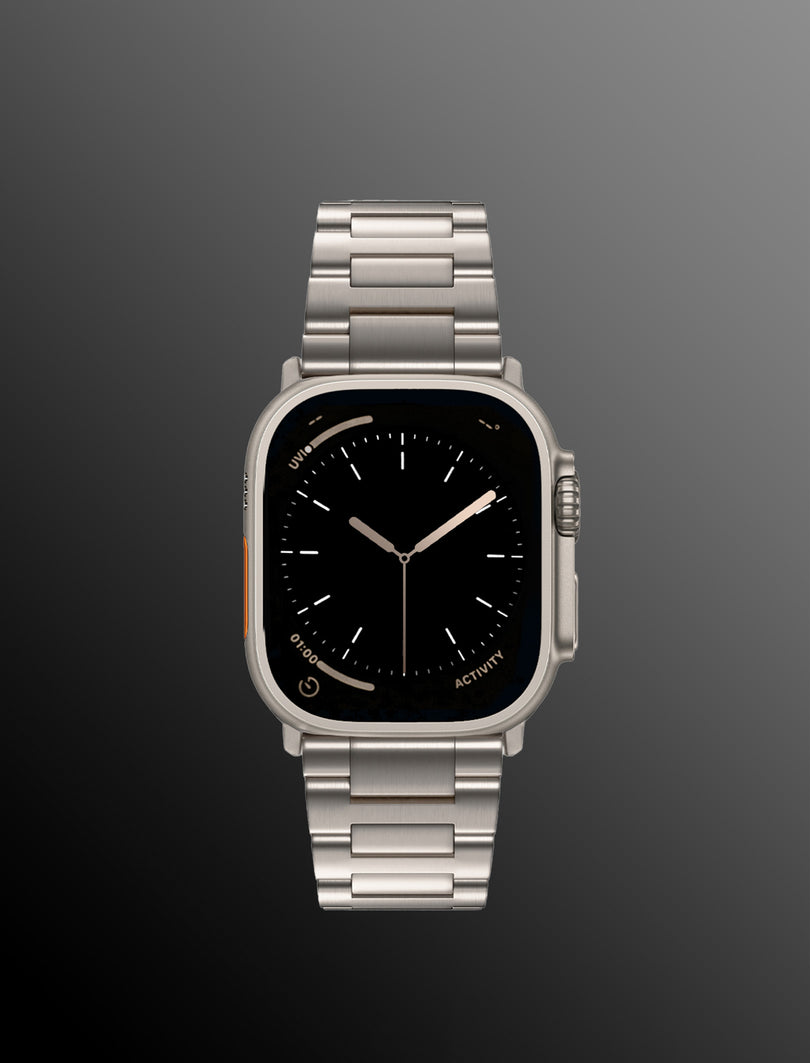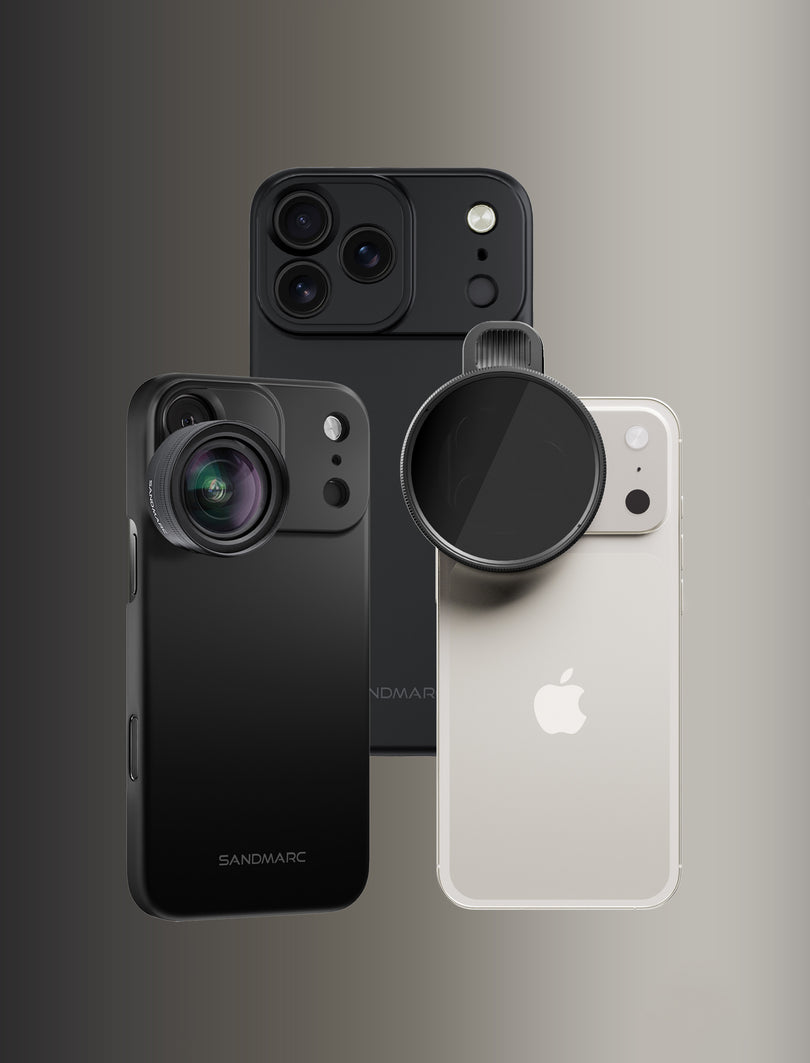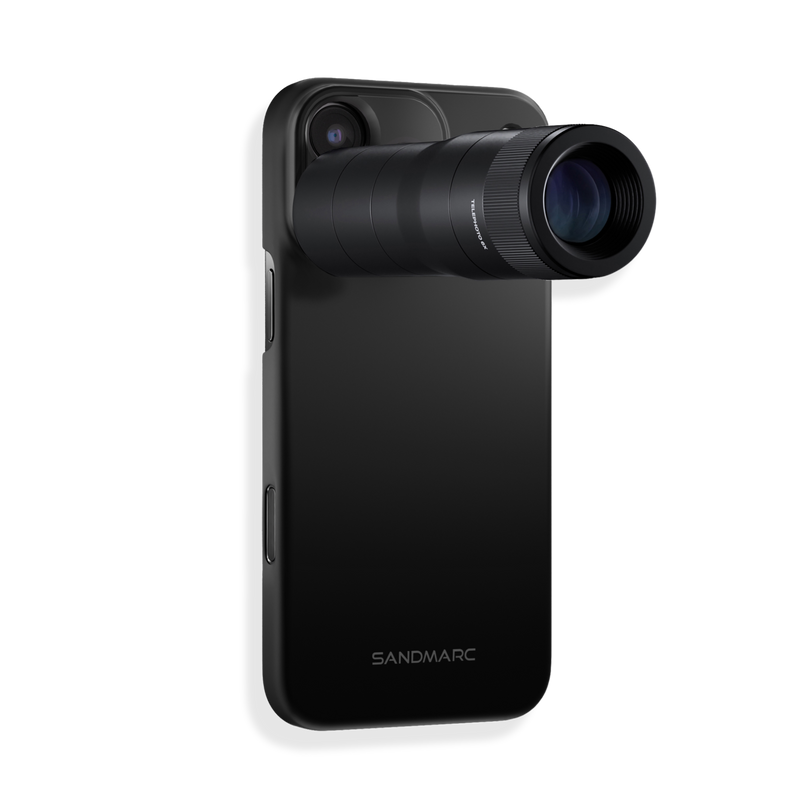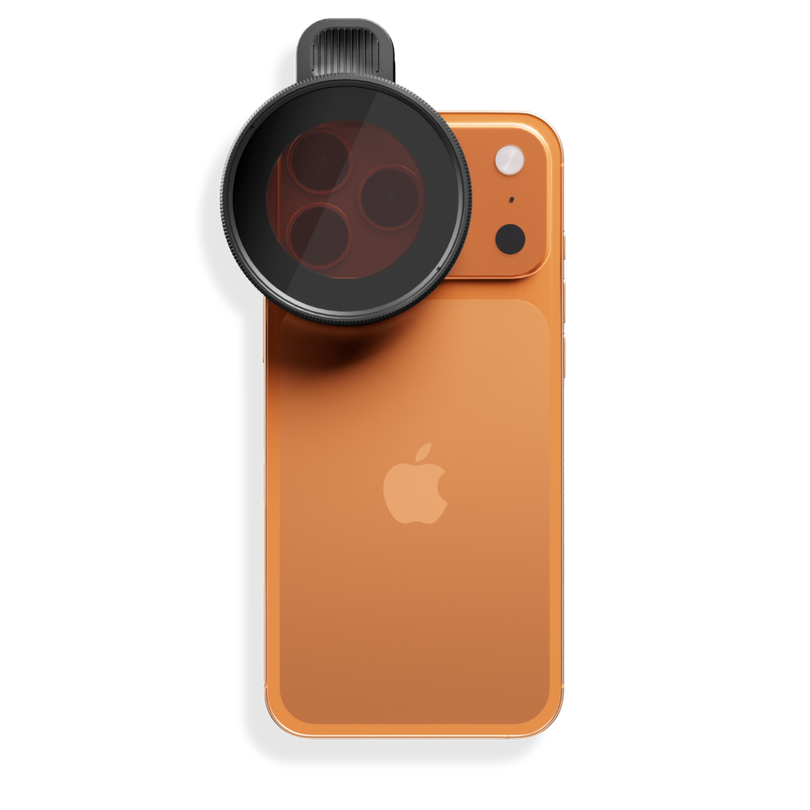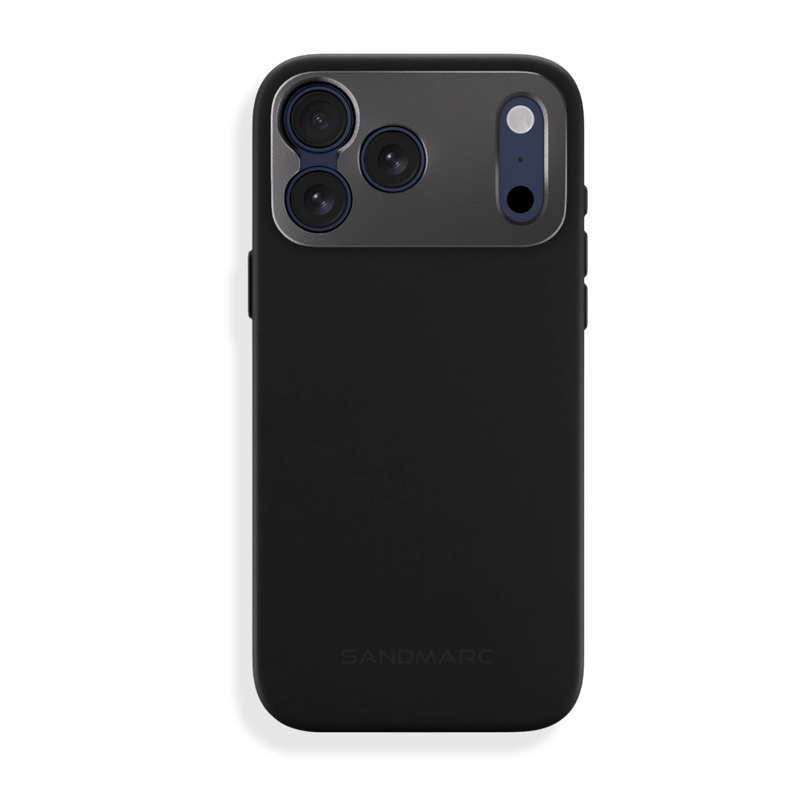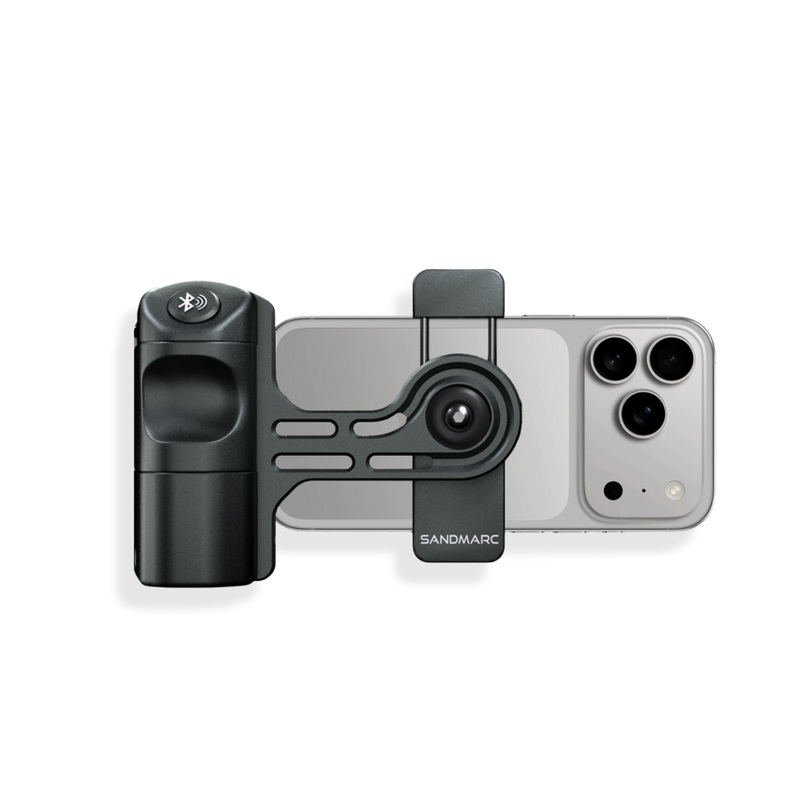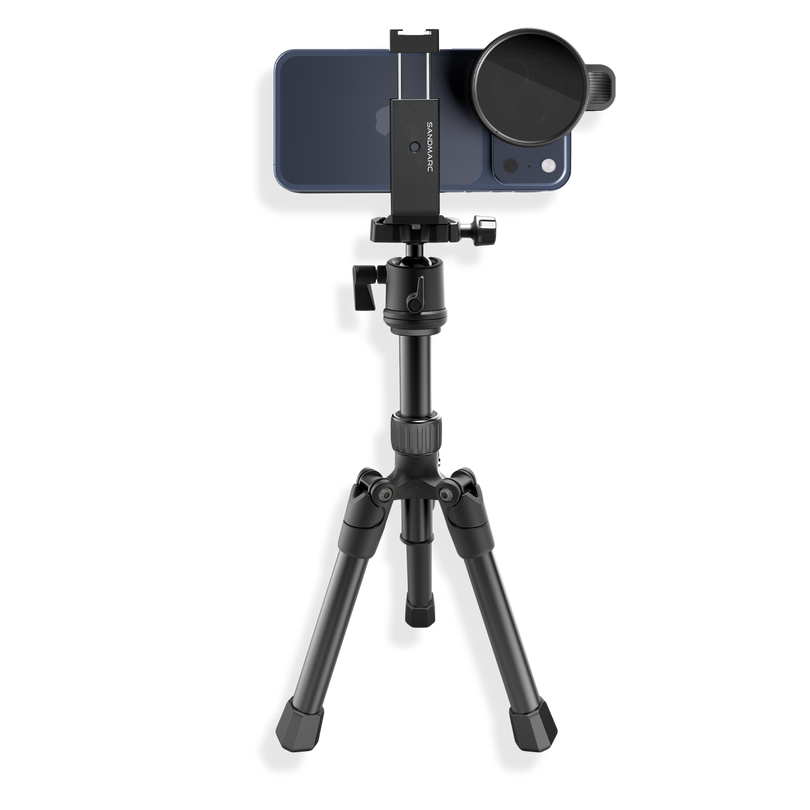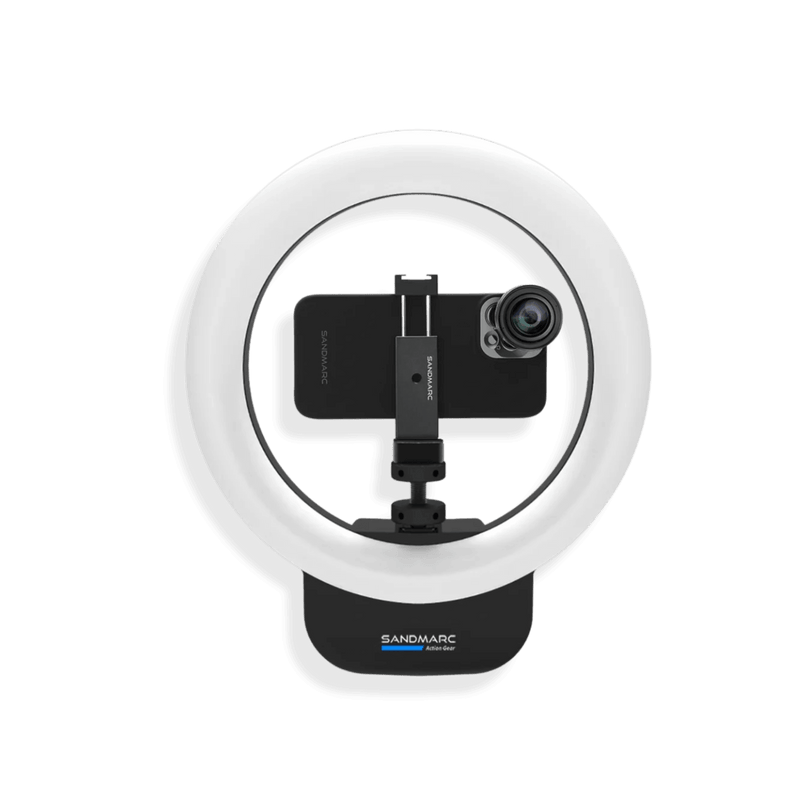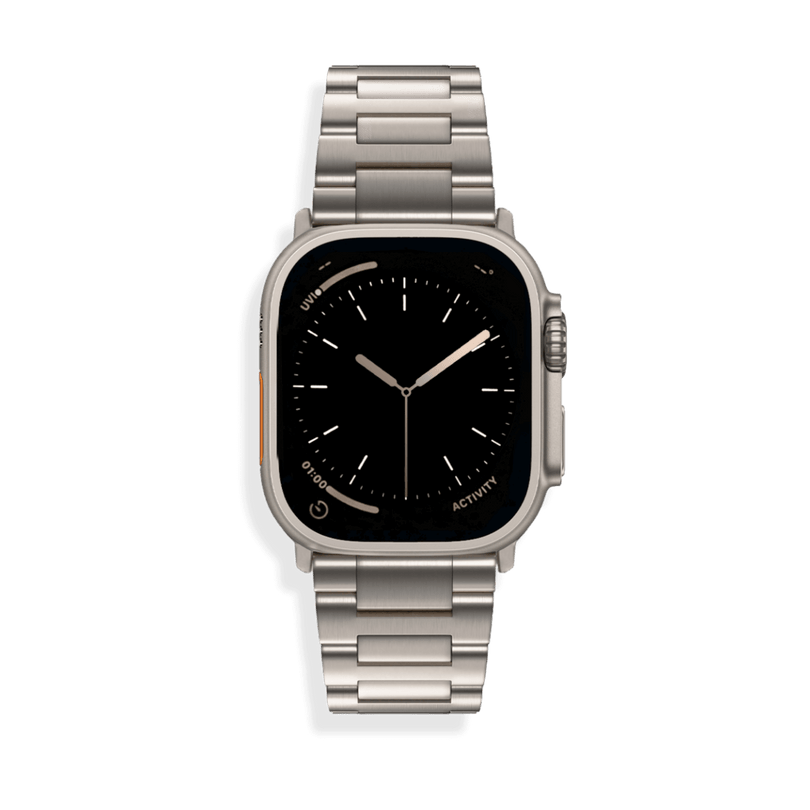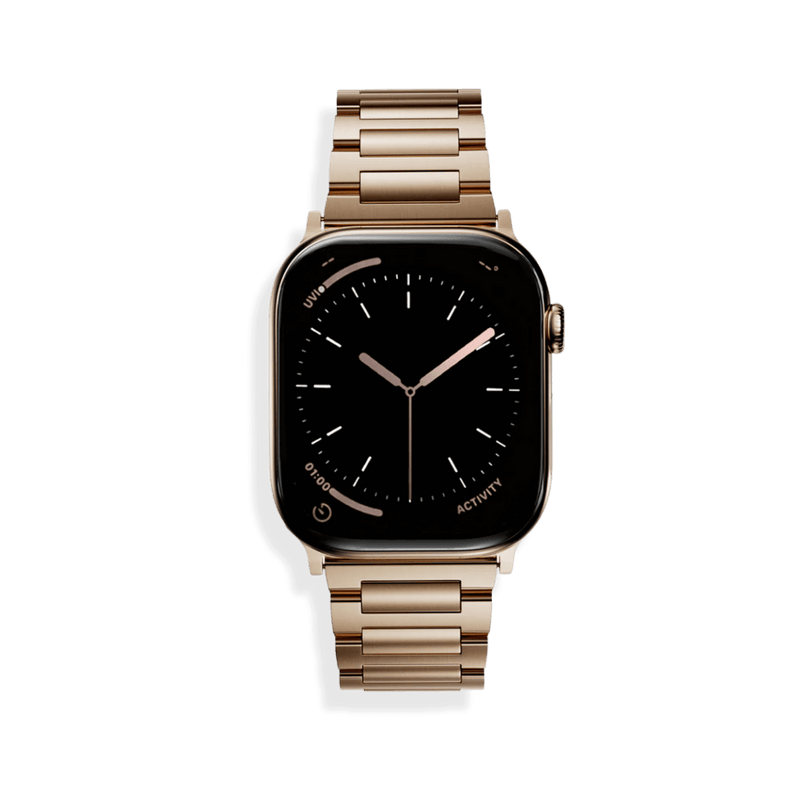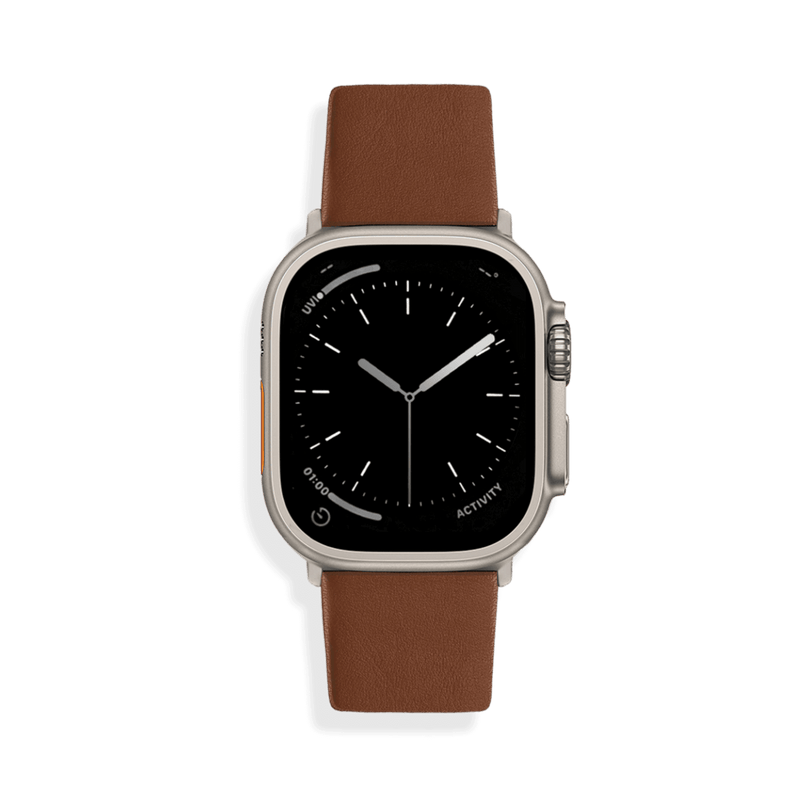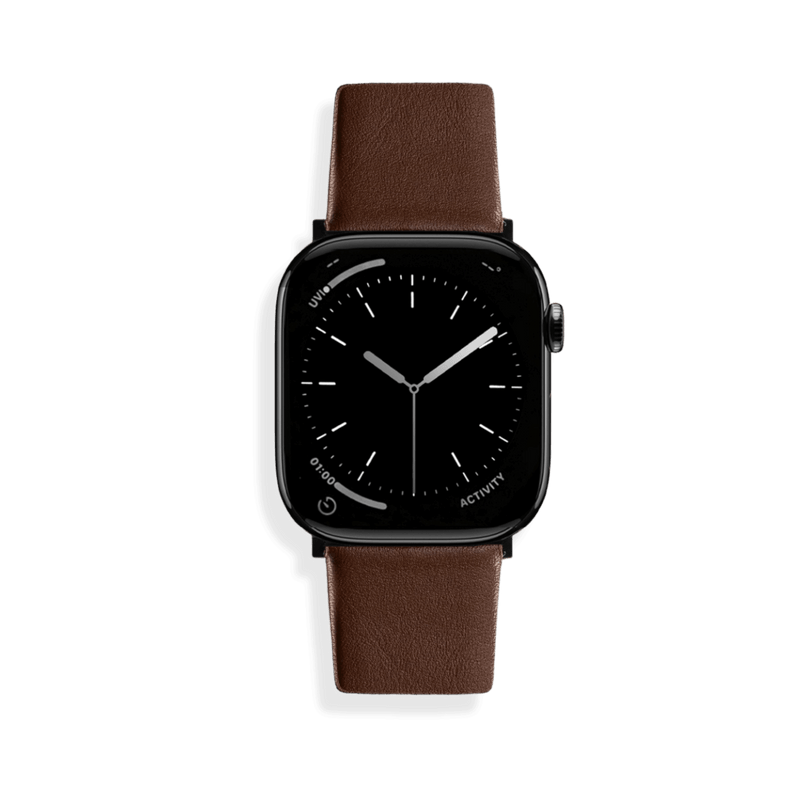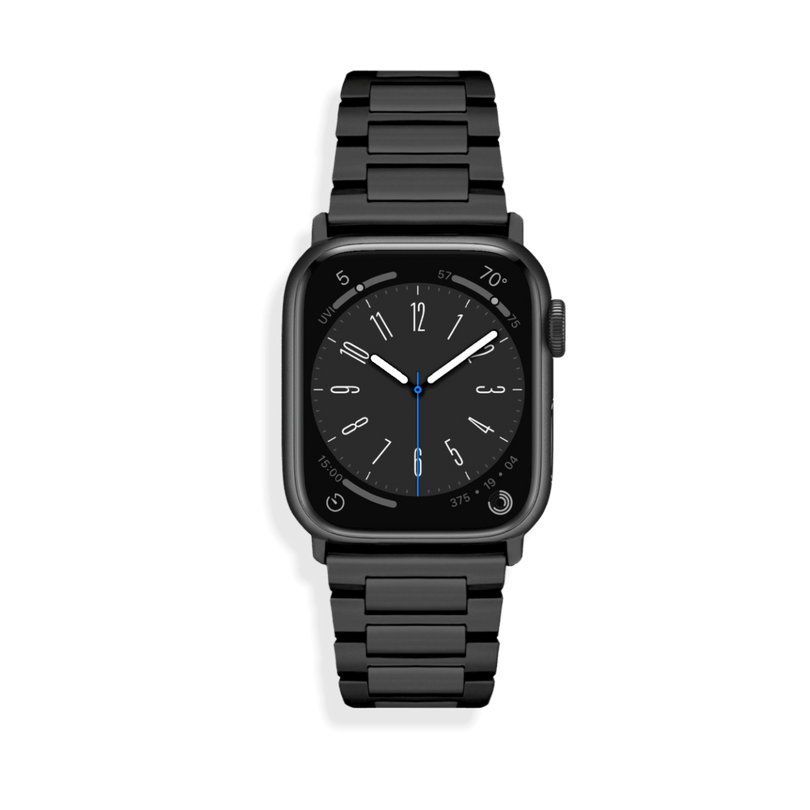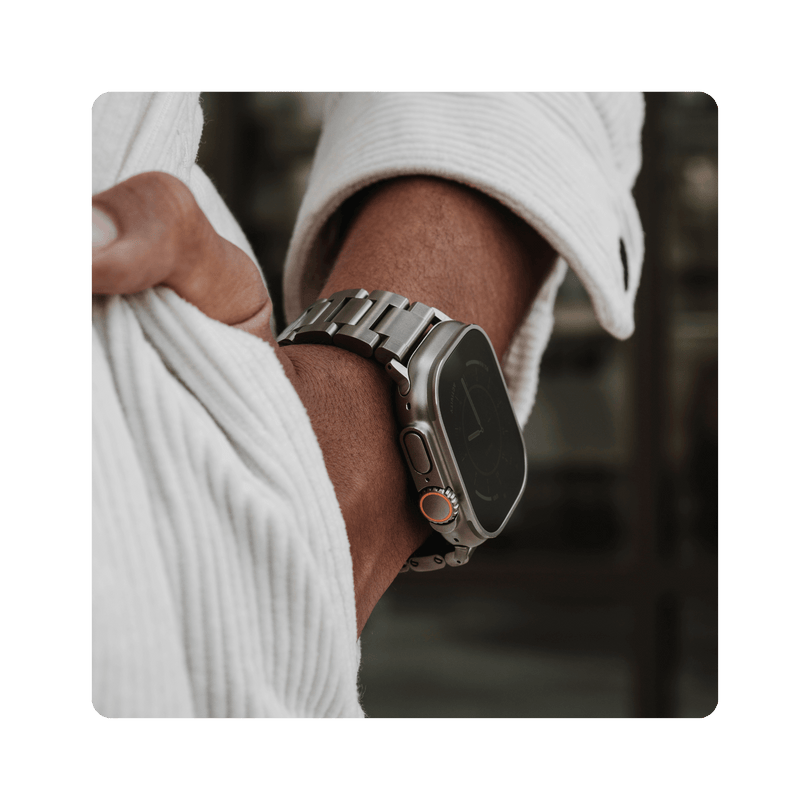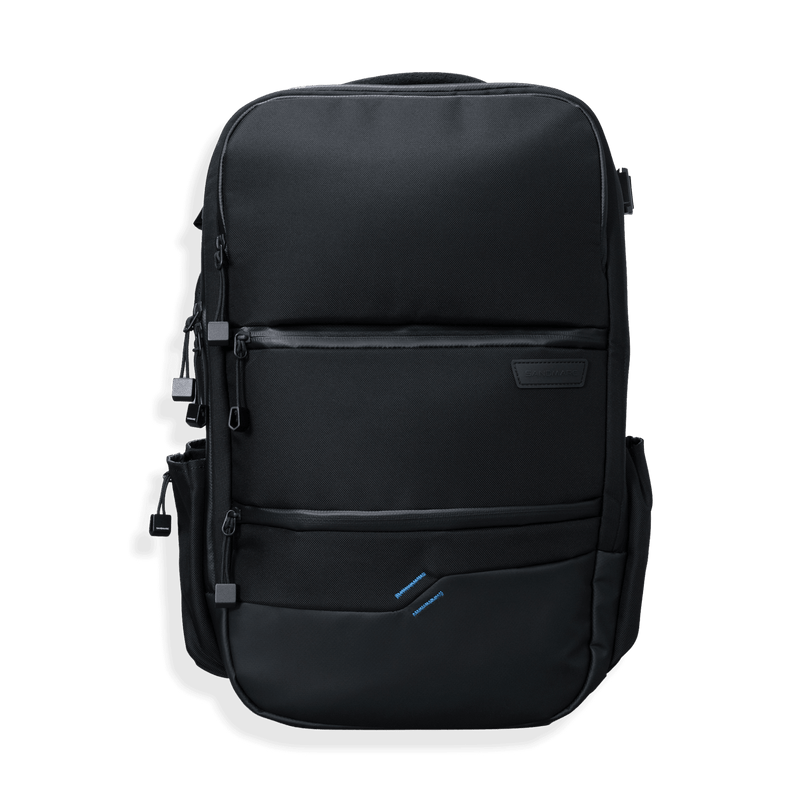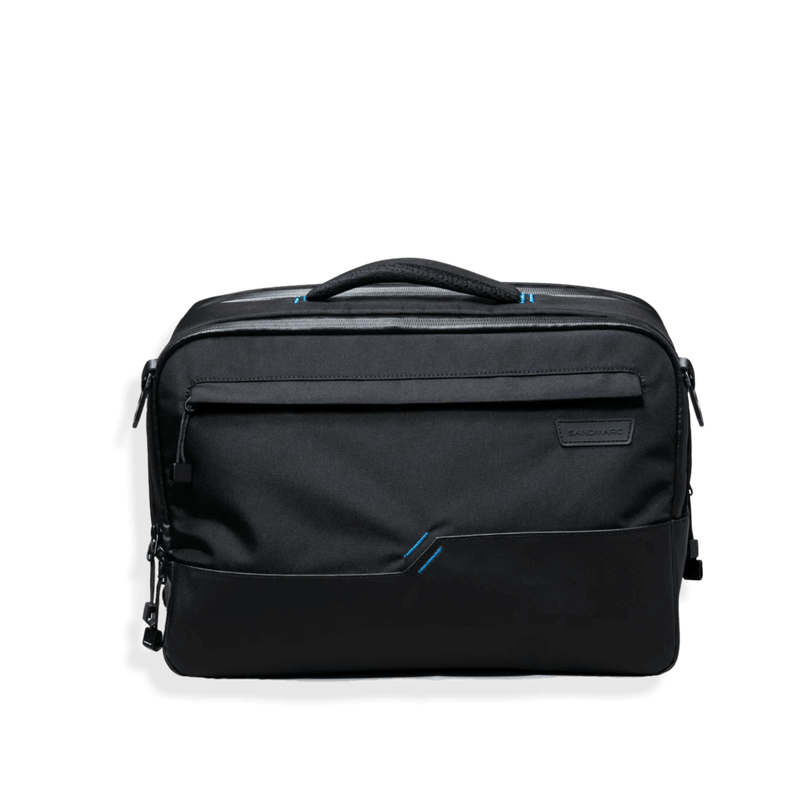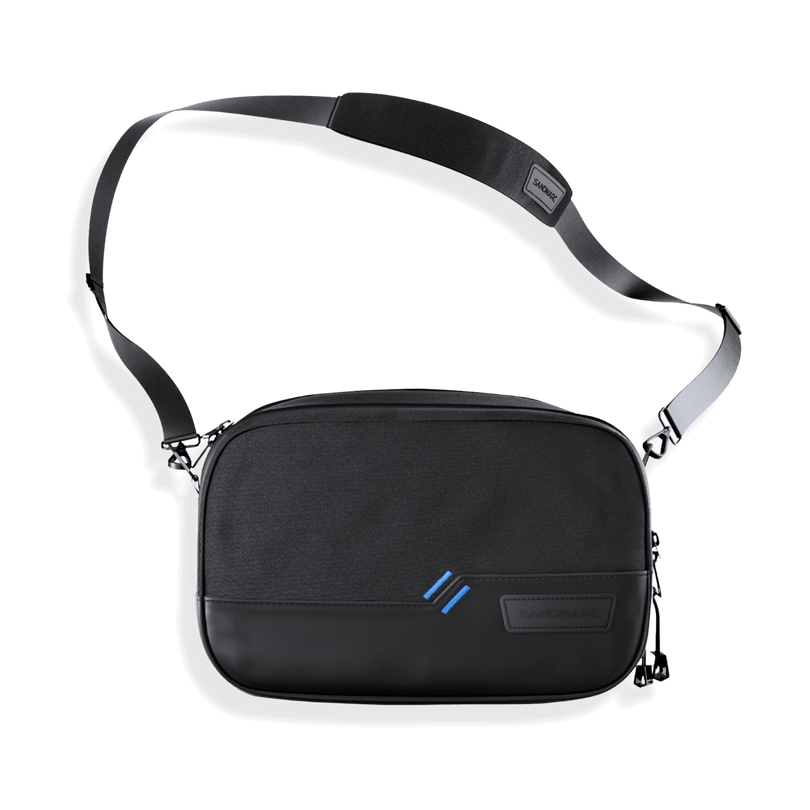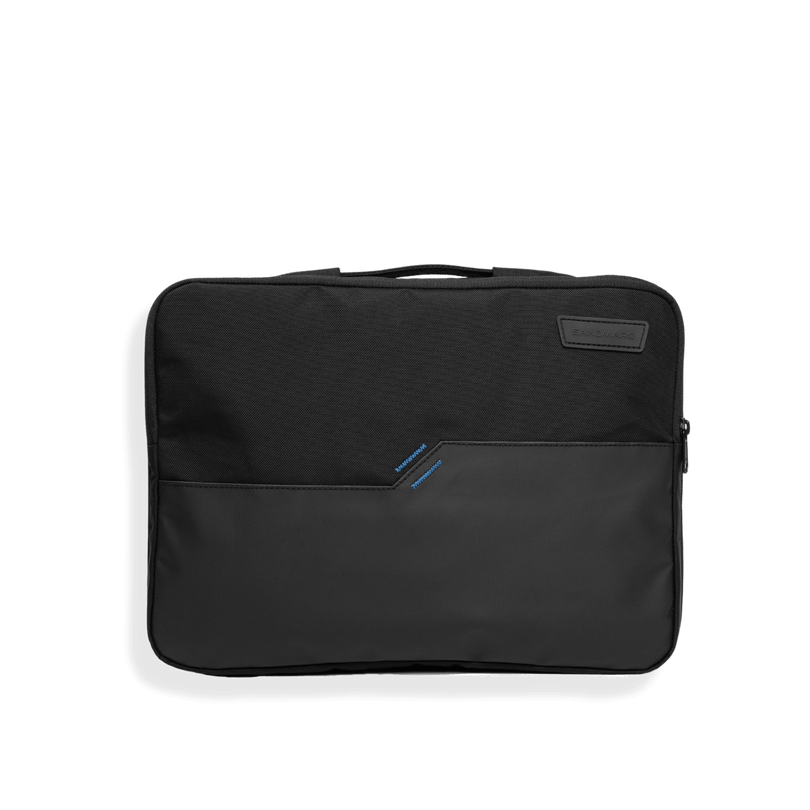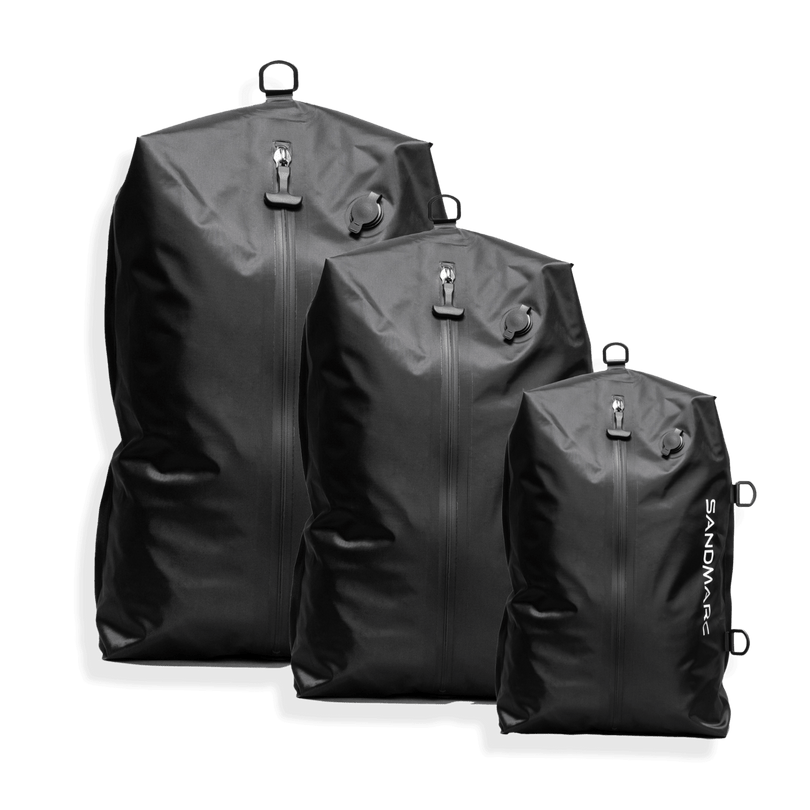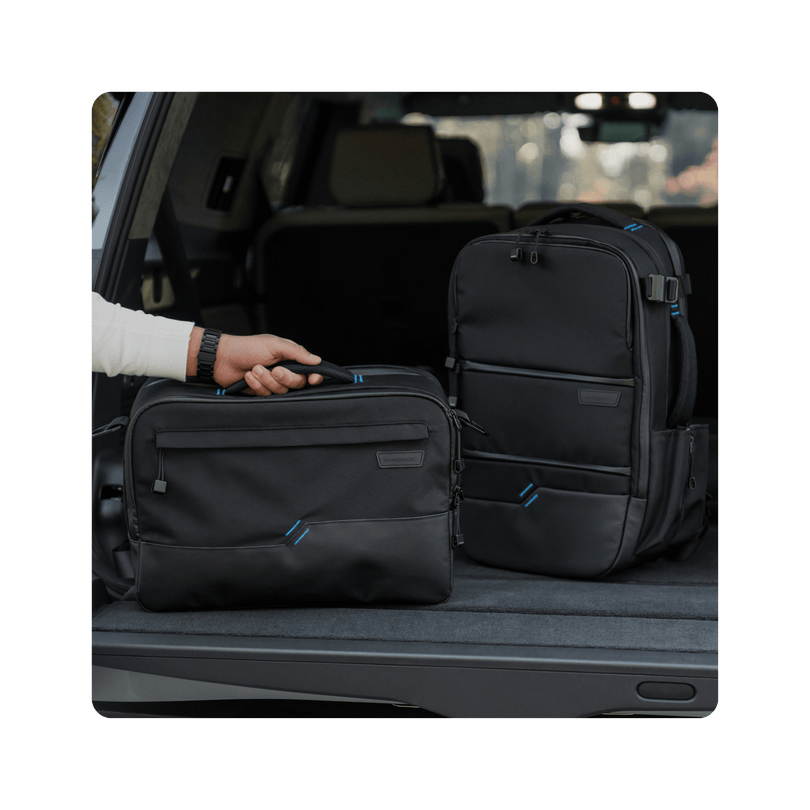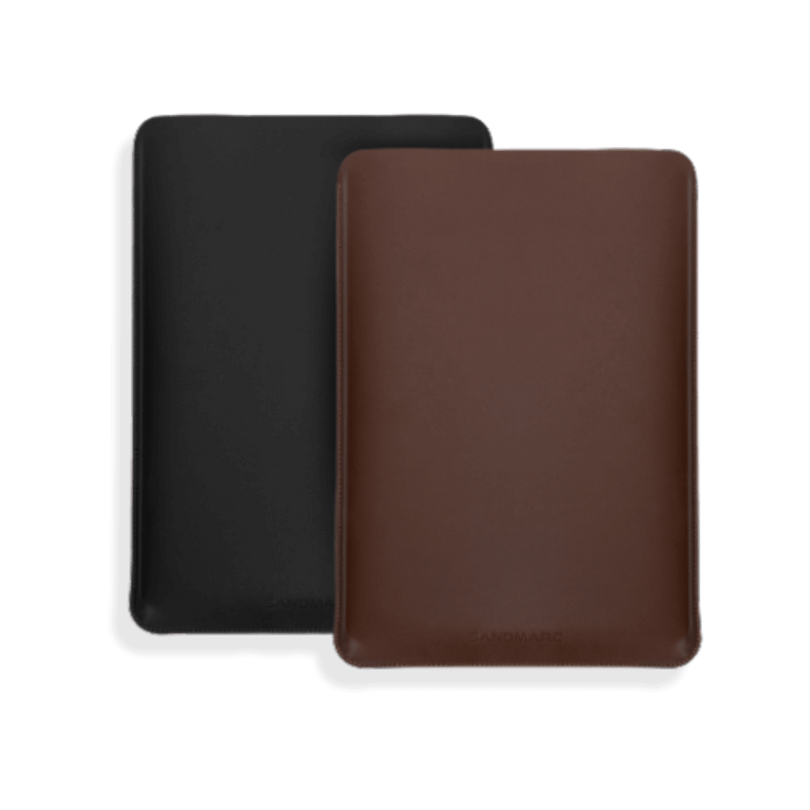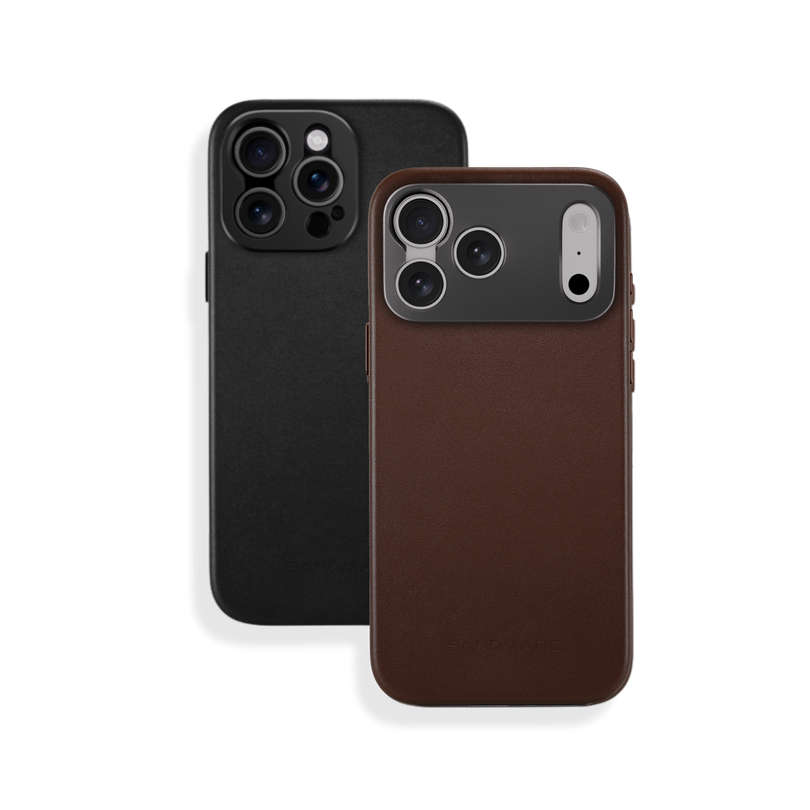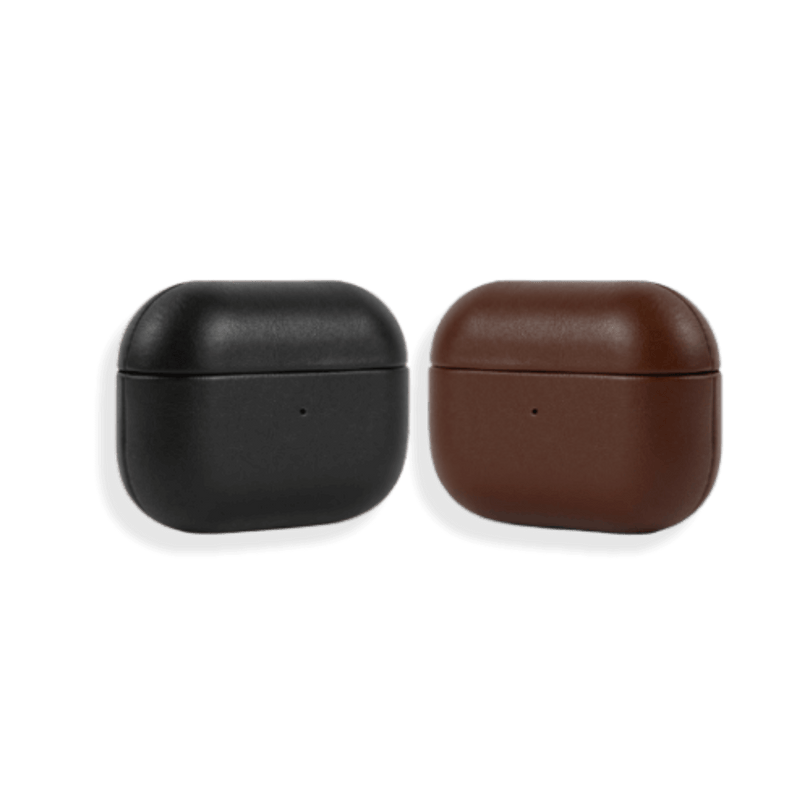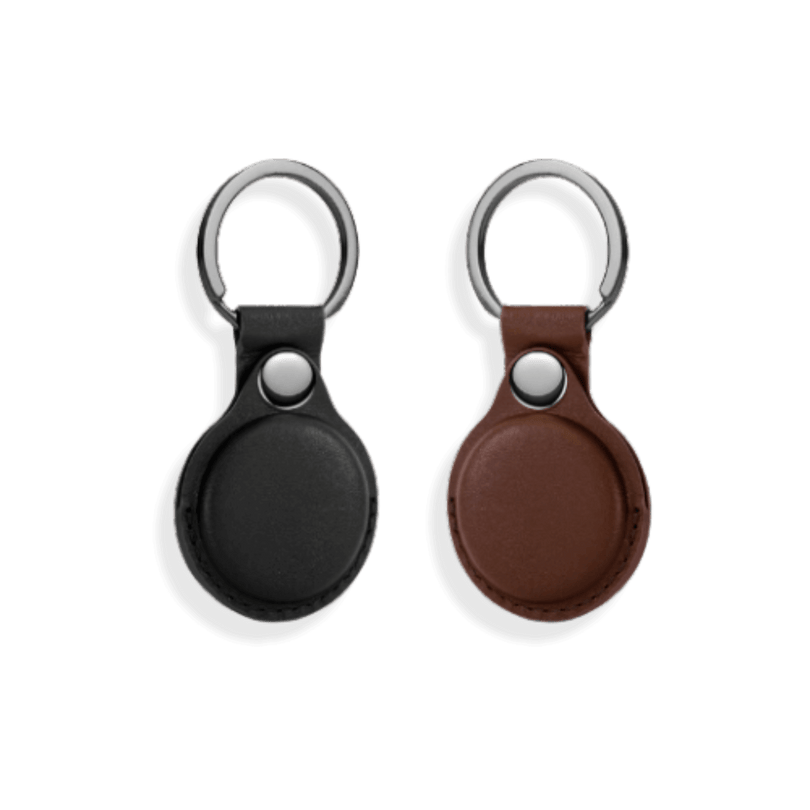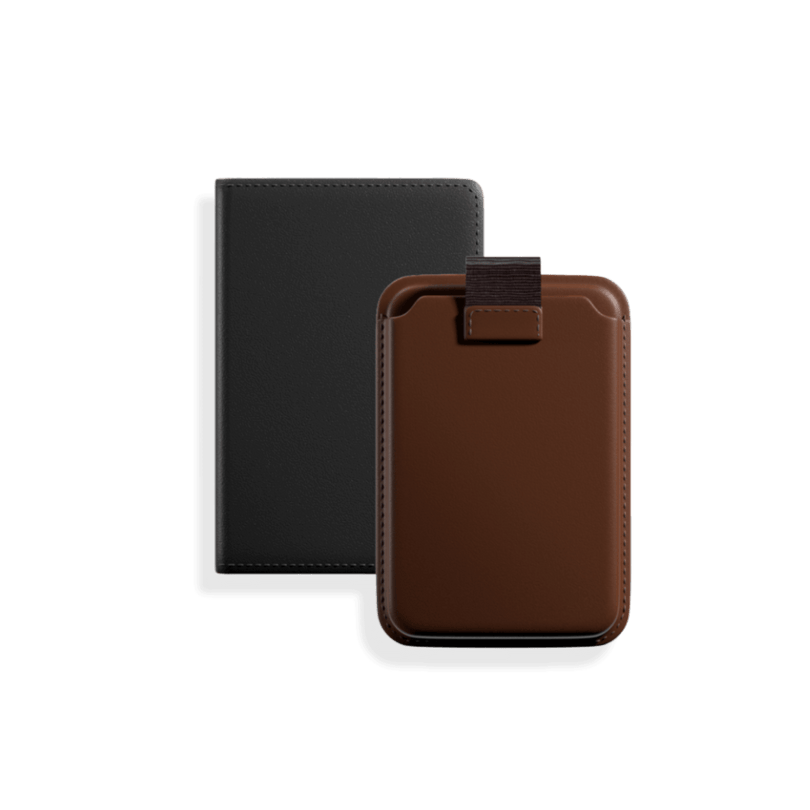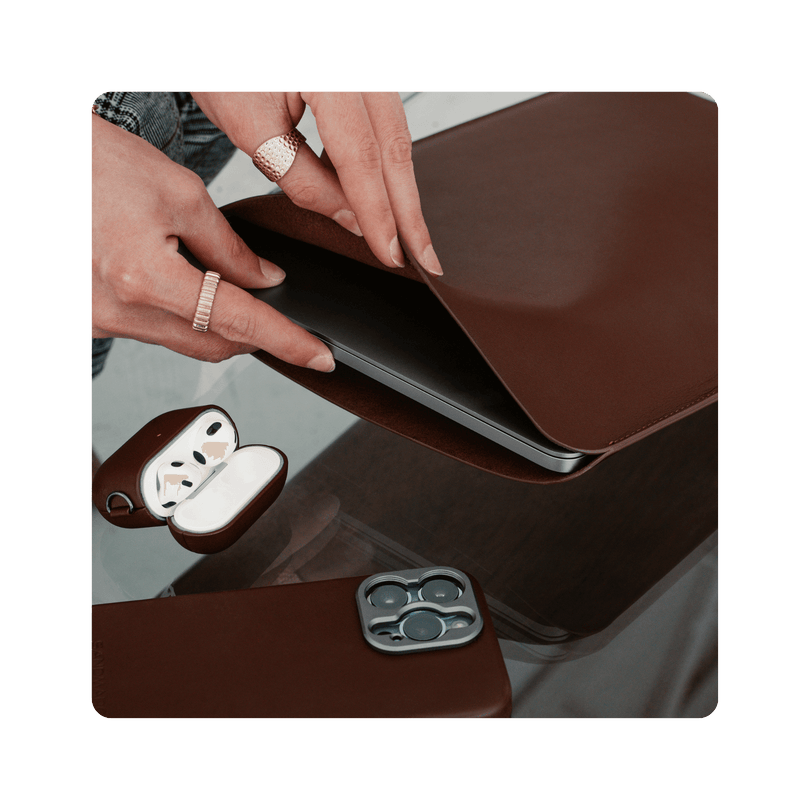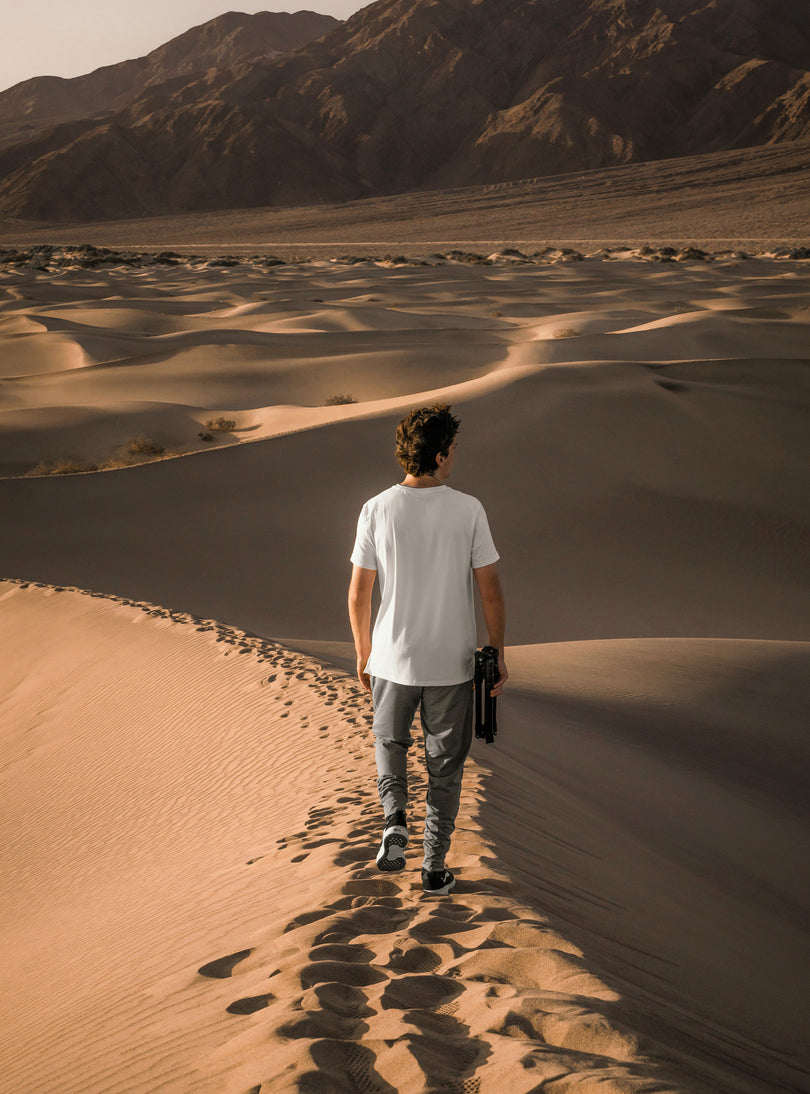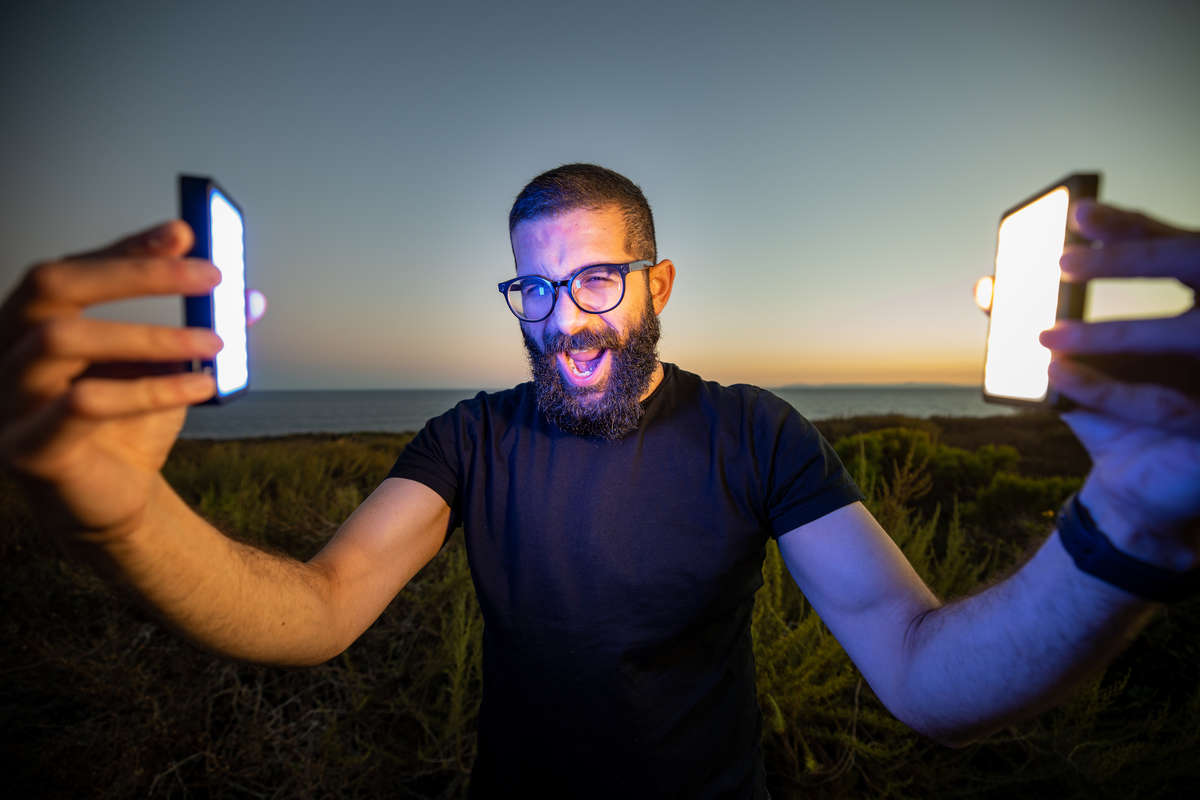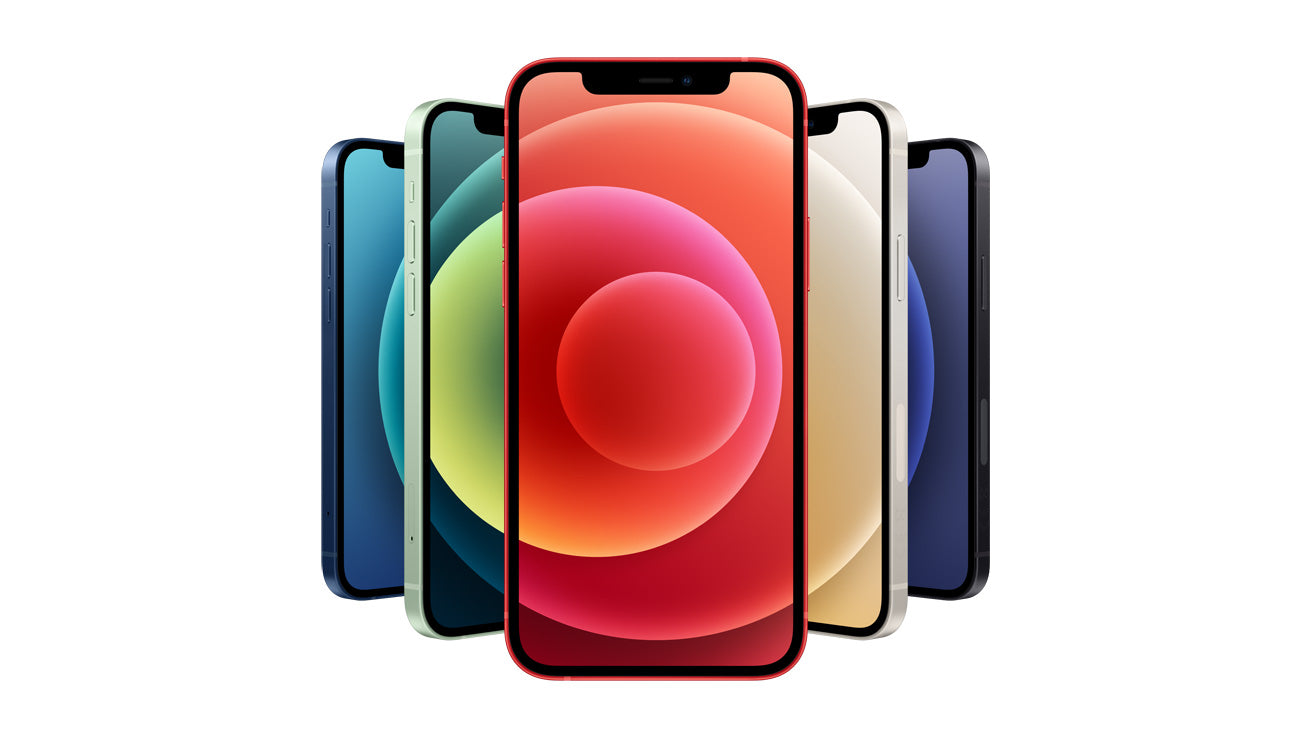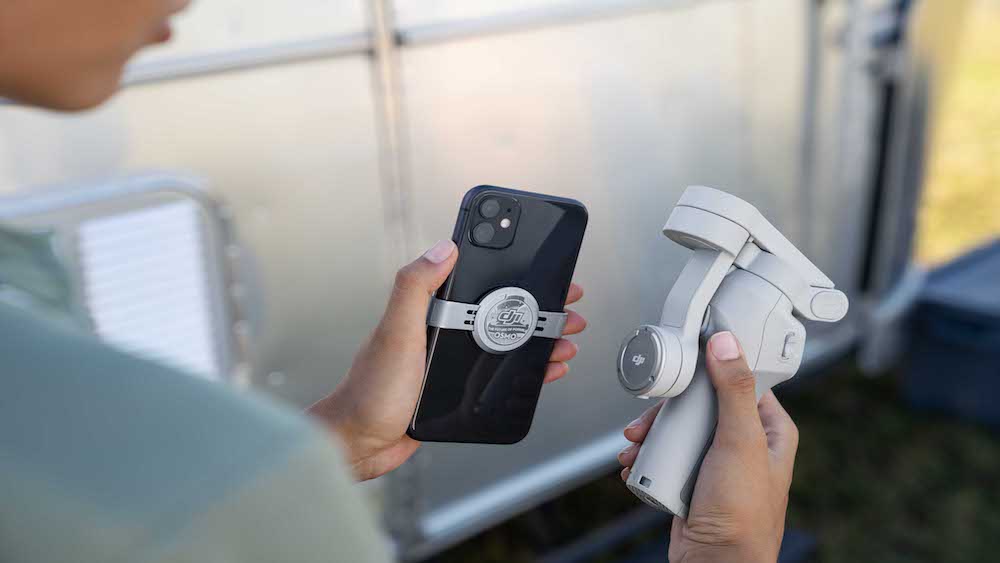LED Panel Lights vs Soft-box Lights:
Which is Better?
Good lighting plays a key role in achieving quality content. Aside from the camera, lighting is the most fundamental element in any studio setup. Now with more people creating and streaming content than ever before the demand for affordable studio gear is on the rise. But in today's oversaturated market it's a challenge for even the most contentious consumers to find a good product.
When searching for new lighting equipment it's important to know what you’re looking for. Depending on what type of content you’re going to be creating you might want one specific type of light or a combination of a few. Two of the most commonly used studio lights are LED panels and soft-boxes. In order to choose the right equipment its necessary to understand what makes them different.
What to Know About LED Panel Lights
LED stands for light-emitting diode which is a light conductor that emits white light when a current flows through it. LED panels are commonly used in video and photography as a directional light source. LED’s are known for their powerful white light, low energy consumption, and durability.
LED panel lights have become a popular option for creators in all different industries. Due to their practical and versatile design there has been a surge in market demand for light panels. However, not all lights are created equal. Here are some things to know about LED Panel Lights:
Bi-color vs RGB LED
There are two different types of LED lights: RGB and Bi-color. RGB stands for red, blue, and green which are the three colors used in combination to produce over 16 million hues of light. Where as a Bi-color light is an LED that allows you to control the temperature of the white light it emits.
Bi-color lights are manufactured with a combination of tungsten balanced and daylight balanced bulbs. A Bi-color LED panel is designed to adjust the temperature from a yellow to a blue light. This makes Bi-color lights a versatile option for indoor and outdoor shooting. The bright forward facing direction of an LED Bi-color panel makes it a power key light.
RGB lights can add an unique element to your lighting setup by giving you the control to change the color emitted by the light panel. Performance wise they do not offer the bright direct light that is needed from a fill light. Although an RGB light panel isn’t a suitable key light it can be used as a fill or background light. Adding an RGB light to your lighting setup opens the door to endless creative possibilities.
RGB lights can add an unique element to your lighting setup by giving you the control to change the color emitted by the light panel. Performance wise they do not offer the bright direct light that is needed from a fill light. Although an RGB light panel isn’t a suitable key light it can be used as a fill or background light. Adding an RGB light to your lighting setup opens the door to endless creative possibilities.
Battery Power & Portability
LED lights first gained recognition for their bright light and low energy design back in the 1960’s when they became a household staple. LED light panels are often designed with an internal rechargeable battery or an external battery pack. Because the light panel can act as an independent energy source it's easily portable and can be used outside a studio.
Battery life is dependent on the brightness levels. On a low level setting a LED light panel with a 3000mAH battery could last potentially upwards of 5 hours. However, at maximum brightness levels a 3000mAH battery can only be expected to last around 90 minutes. For some people battery size is more important than to others. If you’re someone who needs to prolong battery life I recommend purchasing an external battery that can be plugged in to your light in order to recharge it throughout the day.
Diffusing LED Lights
The main difference between LED light panels and soft-box lighting is the level of light diffusion each method provides. Soft-boxes are entirely constructed around the concept of light diffusion which is seen in its design concept. On the other hand, LED lights create bright hard lights that need to be softened by an external diffuser.
There are many ways to diffuse your LED panel light to create different lighting effects. It is common to see fabric, acrylic, and silicone diffusers used with panel lights. Using a cloth fabric or “flag” to diffuse your LED light panel is an effective way to soften light. This method can also be easily adjusted for different lighting outcomes. If you wanted to lessen the intensity and increase the area of the diffused light you can do so by simply moving the light source away from the flag.
What to Avoid...
To create a pleasing aesthetic with your diffused LED light it's important to avoid color distortion and shadows. Oftentimes when diffusing a low quality LED panel light there is visible color distortion around the outside edges of the projected light. This is due to cheaply manufactured lights that use low grade acrylic and unbalanced LED bulbs. Some panels even create shadow patterns when used with a diffuser. These undesirable effects point towards already existing issues with the quality of the LED panel light. Panels lights are drawing a higher demand over the traditional spotlight because of their affordability. However, a cheap light panel can easily end up as a sunk cost.
What To Know About Soft-box Lights
A soft-box refers to a fabric enclosure that surrounds a light source in order to diffuse all the light that it emits. Soft-boxes Have been a staple piece of studio equipment for the past 35 years. From creating natural lighting for portraits to diffusing harsh edges in fashion editorials, soft-boxes have a versatile role to play in any lighting setup.

Soft Light
Soft light is desirable due to its ability to eliminate shadows and blur imperfections. Historically, photographers would use north facing windows in order to achieve soft lighting. Then in 1985 Photoflex® CEO Gene Kester released the LiteDome®. The LiteDome® was the first fully enclosed and portable soft-box. This invention allowed for masses of amateur and professional photographers alike to easily achieve soft lighting in their studios.
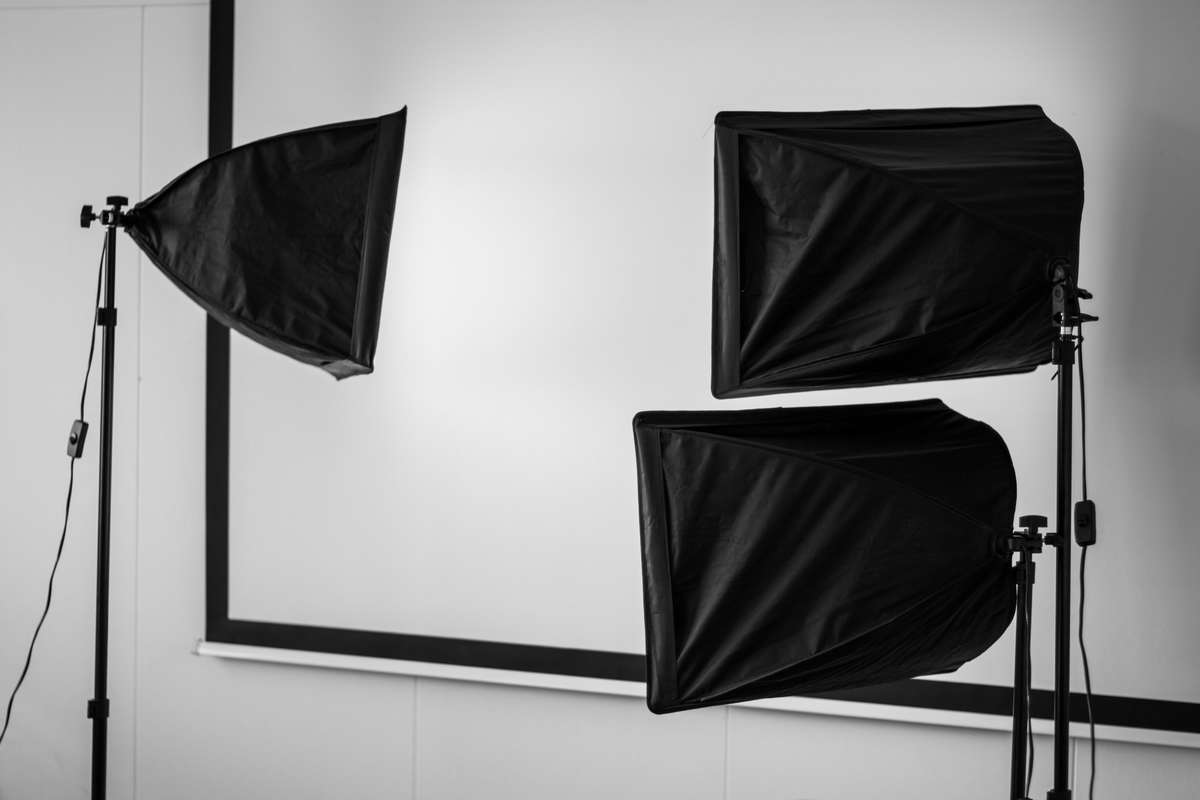
Broad Diffusion
Although soft-boxes have taken on a new style since the LiteDome® was first released they still aim to achieve the same goal, perfectly diffused soft light. The entire design of a soft-box revolves around the concept of complete light diffusion.
The fabric tent that encloses the light source is what creates light diffusion. Soft-boxes come in many different shapes and sizes such as square, circular, or even octagonal. You should choose the size and shape of your soft-box depending on the overall lighting goal. If you wish for a bright directional light a small soft-box is best. As compared to shooting product shots which require a larger diffusion area and a bigger soft-box.
Studio Lights
A soft-box is a versatile option because it can be used as a key, fill or background light which makes it perfect for studio shoots. A smaller soft-box creates a more dramatic look whereas a medium to large sized diffuser will disperse more of the light's direction. However, soft-box lights are limited because of a lack of control over how much light is emitted from the source light. This creates a need for multiple different shapes and sizes of soft-boxes.
One big drawback of choosing a soft-box for your lighting setup is the limited portability. Soft-box diffusers are large and require a lot of energy. Since the lights are not energy efficient they require a strong power supply at all times. Ultimately ruling out the option to use rechargeable external batteries.
How to Choose the Right LED Panel Light
Brightness
The brightness levels of both RGB and Bi-color LED’s is measured in Lux. Lux is a unit which measures the quantity of light distributed over a particular area at a specified distance from the light source.
- RGB lights have lower brightness levels compared to a Bi-color light. A good RGB light would be powerful enough to emit 700lux at half a meter.
- Bi-color lights are typically twice as bright and a quality light should emit about 1500lux at half a meter.
Color Temperature
Unlike brightness, to measure color temperature you need to know the thermal energy which is measured in Kelvin. The larger the kelvin range of a light the more color temperature adjustments that can be made.
- A good quality RGB light has a color temperature that ranges from about 1000-10000K and a color rendering index of over 95+.
- The color temperature of a standard Bi-color LED is between 3000-6500K which allows it to be adjusted from warm yellow light to brighter blue light. The CRI of a quality Bi-color light should be 95+
SANDMARC Prolight Series
SANDMARC recently launched its Pro-light series which includes a RGB and Bi-color LED panel lights. These 4.4”x2.8” LEDs are small enough to fit in your pocket but powerful enough to be used outdoors or in a studio. Both of SANDMARC’s compact LED panel lights use quality grade bulbs and acrylic that eliminate distortion. Each light also comes with a silicone light diffuser that fits over the panel to create soft light.
The Prolight series is made with premium materials that create cinematic results without breaking the bank. The Bi-color and RGB Prolight can be purchased together in the Prolight Kit or separately. They are also compatible with the SANDMARC Film Rig and Pole which act as camera stabilizers and allow you to mount the lights over your iPhone or DSLR camera.
Final Thoughts...
Whether you’re building a youtube studio or photography weddings lighting is a crucial component to the quality of your content. To determine which route to take with your lighting setup it's important to consider your overall goals. Both LED and soft-box lights have pros and cons but when used in the right setting they can be very versatile lights.

